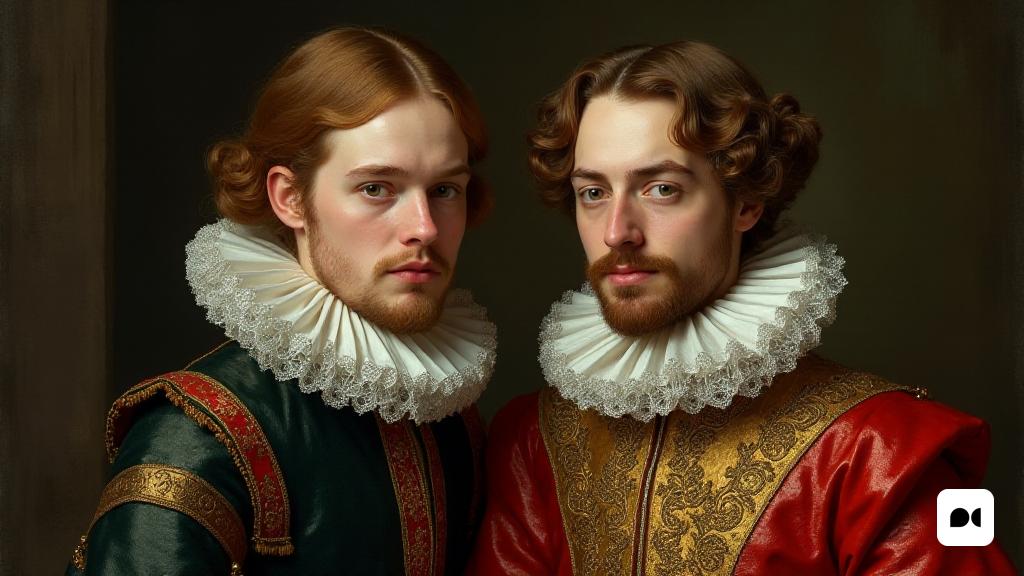A Historical Insight into Deaf Education
The narrative of John and Framlingham Gaudy, two brothers from West Harling in Norfolk, serves as a fascinating chapter in the history of education for the deaf. Born in the 17th century, these siblings broke barriers at a time when deafness was often equated with isolation. Their journey to becoming artists sheds light on the evolution of educational practices for the deaf, a topic that remains largely underrepresented in historical discourse.
The Role of John Cressener: A Visionary Educator
At a time when formal education for the deaf was virtually non-existent, John Cressener, a local parish priest, stepped in as an unexpected advocate. Cressener’s discovery of a finger-spelling sign system allowed him to educate John and Framlingham alongside his hearing children. This inclusive approach not only facilitated their learning but also fostered a sense of community among students of varying abilities.
Innovative Teaching Methods
The methods employed by Cressener were groundbreaking. While lip-reading was the predominant technique of the time, his utilization of an early form of British Sign Language marked a significant departure from traditional practices. This innovative teaching style proved to be effective, enabling the Gaudy brothers to pursue their artistic ambitions.
Artistry and Recognition: The Gaudy Brothers’ Legacy
The artistic journey of the Gaudy brothers is a testament to their talent and determination. Under the mentorship of Matthew Snelling and later, Sir Peter Lely, they honed their skills in a competitive environment. Although John was deemed the more gifted artist, only one painting—a self-portrait—bears his signature. This piece, acquired by the British Deaf History Society, provides a glimpse into the life of a 17th-century gentleman.
A Unique Communication Style
John’s approach to communication was as distinctive as his art. Known for carrying a slate and chalk, he preferred to express his thoughts through writing rather than speech. This practice not only highlights the adaptive strategies employed by deaf individuals but also underscores the societal challenges they faced in a predominantly hearing world.
Legal Milestones and Personal Triumphs
A remarkable aspect of John’s life was his ability to engage with the legal system. In a groundbreaking move, he wrote his own will in 1672, making it the first known document authored by a deaf individual. This act of agency not only signifies personal achievement but also challenges prevailing assumptions about the capabilities of the deaf community prior to formal education.
The Quest for Recognition
Despite their significant contributions, the story of the Gaudy brothers remains largely unknown, a fact that frustrates Peter Jackson, curator of The Deaf Museum and Archive. His research, encapsulated in ‘The Gaudy Manuscripts’, aims to shed light on their lives and advocate for greater acknowledgment of their achievements. Jackson emphasizes that the obscurity surrounding their story is partly due to the humble status of Cressener, the priest who played a pivotal role in their education.
A Call to Honor the Past
As we reflect on the legacy of John and Framlingham Gaudy, it becomes clear that their story is not just one of personal success but a beacon for the deaf community. Their experiences challenge us to recognize the historical contributions of individuals with disabilities and to advocate for inclusivity in education. By celebrating their achievements, we honor a narrative that deserves a prominent place in the annals of history.

